What Is Matcha? A Guide to Japan’s Famous Green Tea

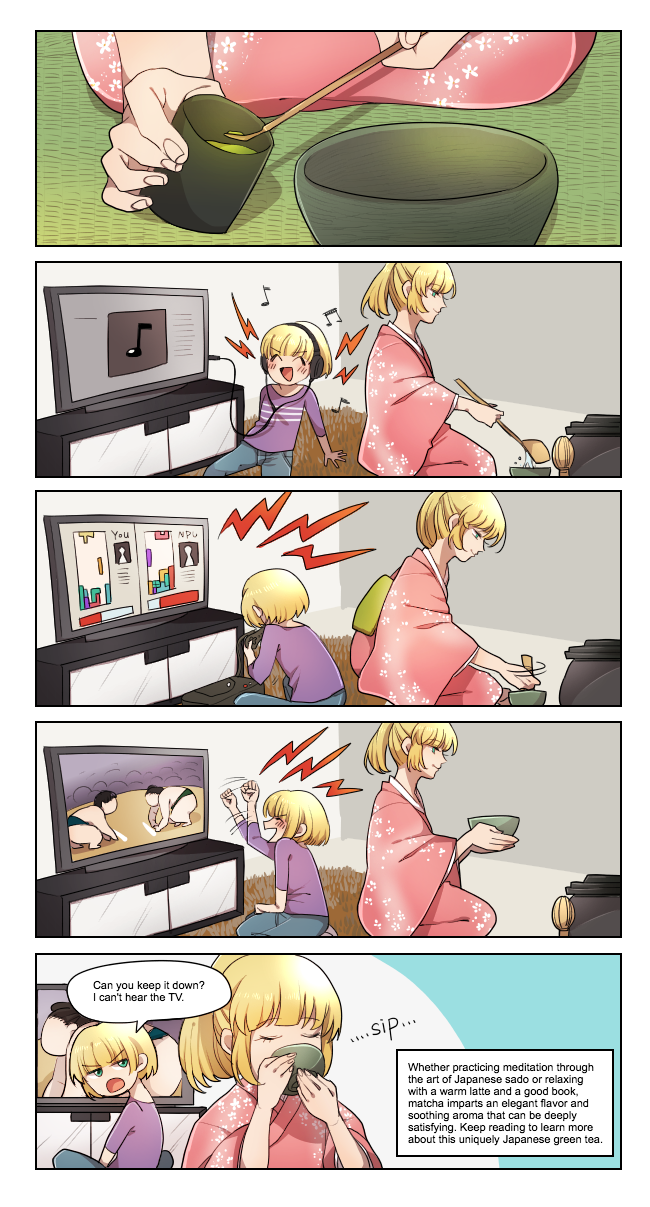
What is matcha? You may have seen matcha lattes, matcha ice cream and matcha donuts appearing recently on menus, but the history of this bright green Japanese tea goes back centuries. Originating in ancient China, matcha arrived via Buddhist monks to Japan, and has been used in traditional tea ceremonies since the 12th century.
Matcha is a powdered form of green tea that can be mixed with hot water to produce traditional matcha tea, and can also be used to flavor food and other beverages. It is revered for numerous health attributes, including antioxidants, mood enhancing properties, and just enough caffeine to deliver a gentle boost of alertness—but there’s more to matcha than just this! Keep reading to found what matcha is and how to use it.
Matcha vs. Other Green Tea

Matcha comes from the same kind of tea plant as other green teas, but differences in the way the plants are grown result in differences in flavor and appearance. Loose leaf varieties such as sencha are grown in full sun, causing the leaves to turn dark and giving them an astringent but refreshing taste. Matcha is grown in the shade, meaning the leaves produce extra chlorophyll, a pigment used by plants to absorb more light. This causes the tea leaves to become broader and finer and increases their amino acid levels, giving the matcha leaves their characteristic sweetness.
The nutritional value of loose leaf green tea varies depending on the temperature of the water and how long it’s been steeped, and some vitamins may be left behind in the tea leaf and discarded. Matcha, on the other hand, uses the entire tea leaf, allowing the vitamins and nutrients of the whole leaf to be consumed.
Most types of green tea such as sencha, hojicha and kabusecha come in a loose leaf form. To prepare these teas, leaves are steeped in hot water to produce a clear tea in shades ranging from yellow-green to a dark greenish-brown.
However, after leaves are harvested for matcha, the stems and veins of the plant are removed, and the leaves are stone-ground into a powder using special granite tools. To prepare matcha tea, the powder is whisked with hot water to produce a frothy, opaque, bright green drink with a creamy, earthy and slightly sweet flavor.
Different Grades of Matcha
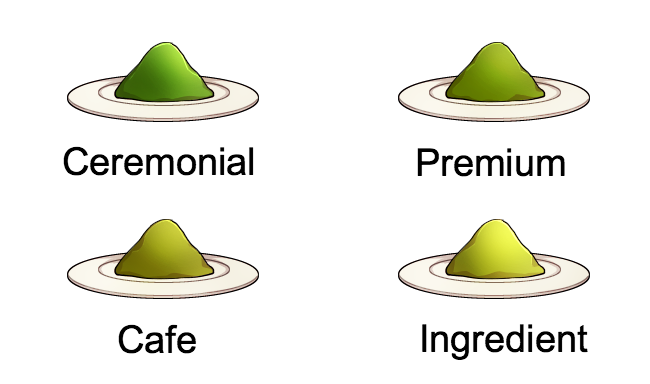
Depending on the quality of the tea leaves and production process, matcha tea powder is divided into two main grades: ceremonial and culinary. Ceremonial-grade matcha, made from very young tea leaves, is the highest quality matcha tea. It’s used in traditional tea ceremonies, known as chanoyu or sado (literally, “the way of tea”). Because of the refined and delicate taste of this grade of tea, it is combined with hot water only, as dairy or sweeteners can smother its pure flavor.
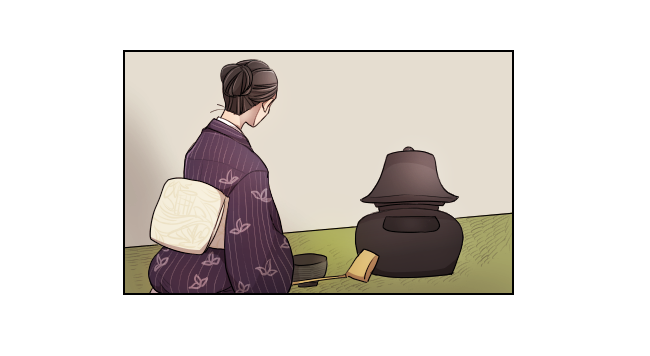
Culinary-grade matcha tea powder can be further divided into sub-grades—“premium,” “cafe,” and “ingredient.” Premium-grade matcha is a high-quality powder with a bright green color that’s available at a more affordable price than ceremonial matcha, which makes it suitable for everyday drinking. The fine texture of premium matcha powder makes it easy to blend with water and other liquids.

Cafe-grade matcha is another brightly colored variety and similar to premium grade, but is made with hardier leaves that produce a stronger flavor. This allows cafe grade matcha to stand up well with other ingredients when blended in a smoothie or with espresso for a matcha cappuccino.
Ingredient-grade matcha has a thicker consistency and more concentrated flavor than other grades of matcha. This makes it ideal for baking, mixing into sauces and desserts, or blending with milk and other dairy products.
How to Make Matcha Tea
Learning how to make matcha tea is quite simple. There are two ways—usu-cha or “thin tea” and koi-cha or “thick tea”. While both styles use the same tools, these two preparation methods use different grades of matcha as well as different ratios of powder to water.
To prepare matcha tea, the powder is measured using a special bamboo scoop (chashaku) into a tea cup (chawan). A ladle (hishaku) is used to measure in hot water, and the tea is then whisked with a bamboo whisk (chasen).

Usu-cha is the most common preparation method and the style of matcha tea that’s found in most cafes and restaurants. Two scoops of the second highest grade of matcha are combined with about 60–70 ml of hot water and then whisked. Each guest is served individually using separate cups.
Koi-cha is reserved for formal tea ceremonies. It uses around five scoops of the highest grade of matcha powder and less water than usu-cha, around 30 ml, making it quite thick. The koi-cha is whisked in a single tea bowl and then shared among guests.
Cooking with Matcha
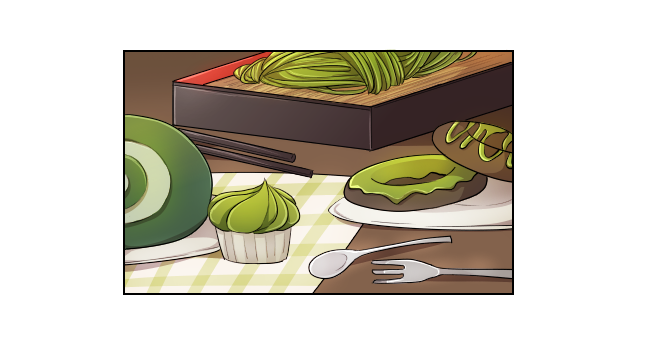
Cooking with matcha can add a uniquely Japanese flavor to your epicurean repertoire. Matcha can be added to a number of sweet and even savory dishes and drinks. In Japan, it’s common to flavor ice cream and sweets with matcha, for example, matcha sofuto-kurimu (soft serve ice cream), matcha-filled chocolate, and matcha cake. Traditional Japanese wagashi also commonly use the tea as a flavoring, such as matcha yokan (jellied bean cake).
It can be also added to savory foods for flavor and color, like soba noodles, guacamole, smoothies, and salad dressing, which are excellent ways to enjoy the healthful benefits of matcha tea.
Where to Buy Matcha
High-quality matcha tea can be found online, in specialty tea stores, and at health food shops. If you’re traveling through Japan, it can be quite easy to find green tea stores selling matcha in both traditional tourist areas as well as department stores. Be sure to look for tea produced in Japan that has been stone-ground, which preserves the antioxidants.
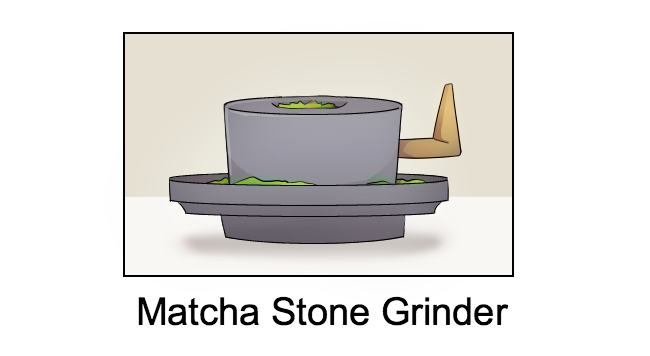
You want matcha powder with a bright green color—typically speaking, the brighter the green, the higher the quality. If it’s your first time purchasing matcha, you may also want to look into accessories such as a chashaku, chawan, and a chasen.
Where to Enjoy Matcha Tea in Japan
There is no better place in the world to try authentic matcha tea than at a tea ceremony or cafe in Japan. For a list of restaurants and cafes in Japan offering matcha beverages and dishes, visit our matcha restaurant listings for more information.








